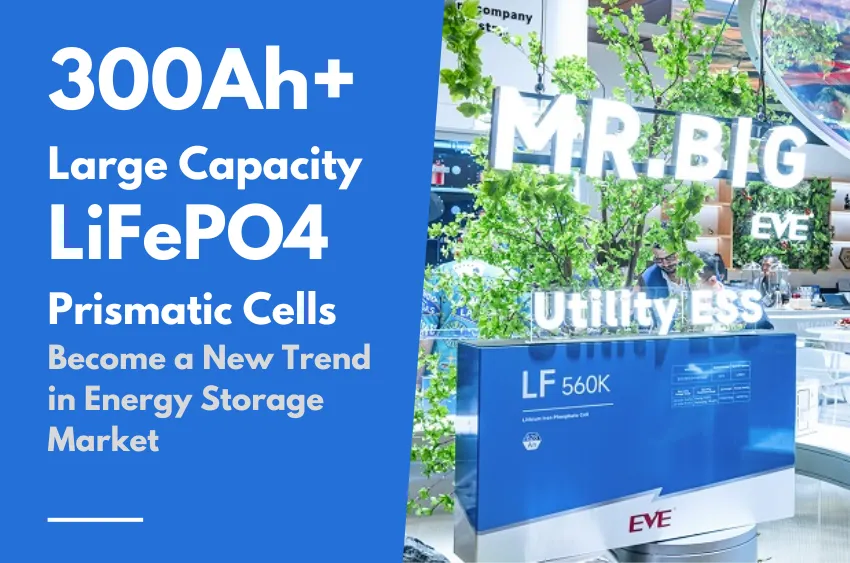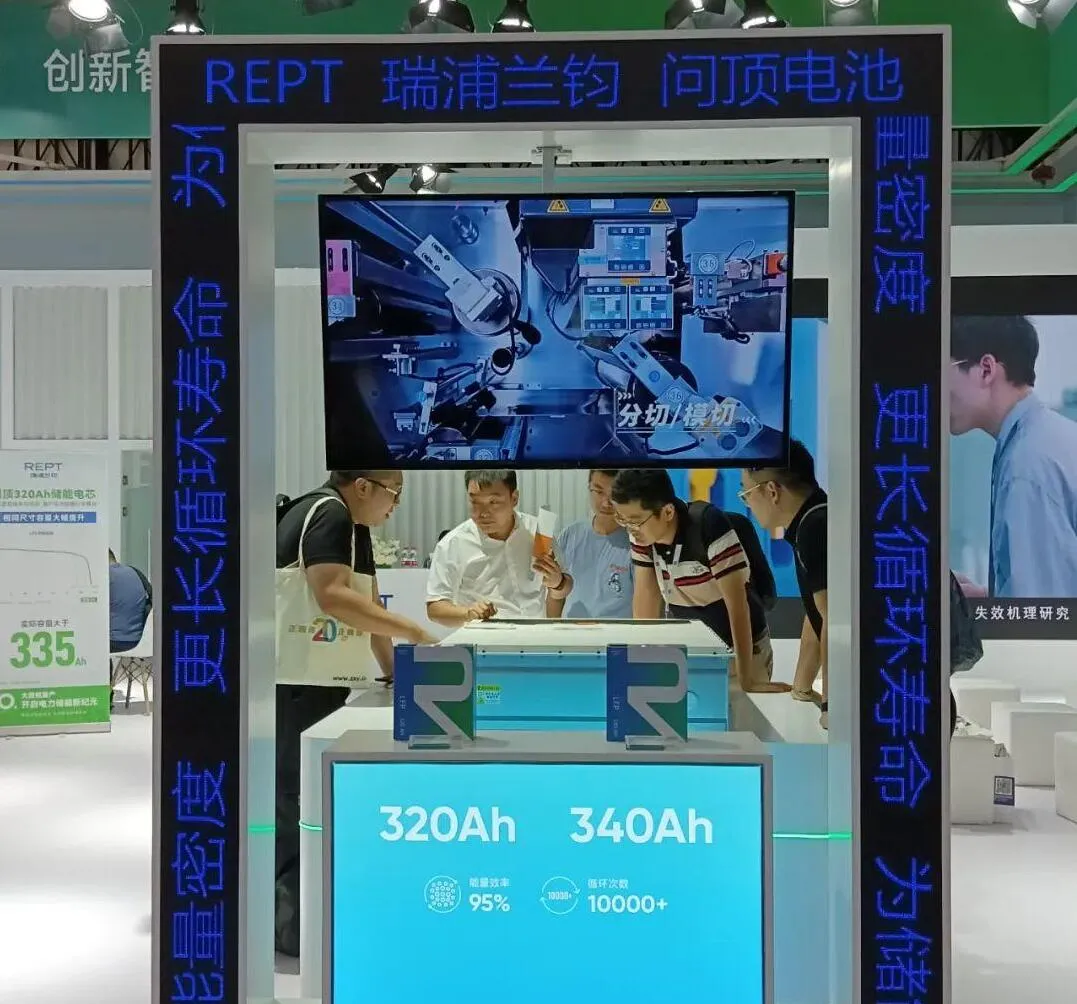Rapid Growth in Cell Capacity
Super Large Capacity LiFePO4 Cells
From 280Ah to 580Ah, the trend of larger-sized cells is obvious.
With the rapid development of the energy storage industry, the market demand for cells continues to outpace supply. Many companies are increasing cell capacity through technological iteration. Cell capacity is growing larger, from 280Ah to 300Ah, and then to 580Ah.(in no particular order)
EVE LF560K (628Ah) LiFePO4 Cells
Last year, EVE Energy launched the LF560K battery, adopting cutting-edge Cell to TWh (CTT) technology tailored for TWh-scale energy storage applications. This enables extremely streamlined system integration and dual reduction in costs at both the cell and system levels. Global delivery is scheduled to commence in Q2 2024.
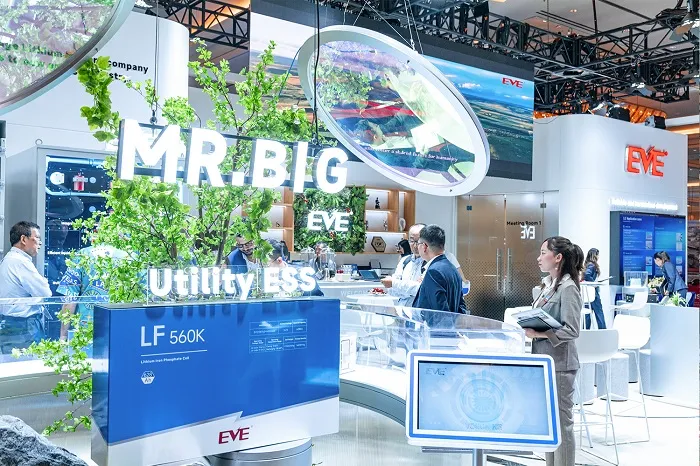


The LF560K battery represents EVE Energy’s relentless pursuit of innovation and quality, built upon over 21 years of extensive experience in the battery industry and the strong R&D capabilities of its 3,100-member research team.
Currently, the mainstream energy storage cells on the market are 280Ah rectangular aluminum-cased cells. Many manufacturers are also reducing costs for downstream customers by improving cell volumetric density – that is, increasing capacity density per unit volume.
The 560Ah cell essentially doubles the common 280Ah rectangular cell size, equivalent to placing two 280Ah cells side-by-side. This aims to reduce PACK components and achieve cost reduction.
Although the 560Ah cell is not yet EVE Energy’s primary product, it has embarked on the path to commercialization. On February 1 this year, EVE Energy broke ground on its new “60 GWh Power Energy Storage Battery Super Factory” in Jingmen, Hubei, with 10.8 billion RMB investment. This factory will mass-produce the 560Ah energy storage cell. The 560Ah cell is expected to commence global delivery in Q2 2024.
Vision 580Ah LiFePOP4 Cell
On May 16, China’s largest battery exhibition, CIBF 2023, opened in Shenzhen. Thunder Corporation prominently displayed an ultra-high capacity cell.
The 580Ah ultra-large single-cell released by Thunder Corp is the largest capacity single-cell emerged so far globally.
Although the exhibit at CIBF appeared high-profile, it only showcased partial specs. The company claims 10,000 cycle life, 11kg weight per cell, 1856Wh nominal capacity, and 0.5C charge/discharge rate. But details such as packaging technology, mass production timeline, and delivery schedule remain unclear.
With over 10,000 cycle life, the 580Ah cell represents a two-pronged upgrade at both the cell and system levels, providing customers robust safety assurance and performance guarantee. Technologies such as low-expansion anode materials, full tab design, electrode surface treatment, and flexible electrode forming help resolve liquid infiltration challenges for large cells, enabling comprehensive safety protection and high cycle life through heat insulation, diffusion prevention, pressure relief, and more. This will better meet application requirements for grid-scale energy storage, greatly improving system safety, lifespan, and lowering life-cycle electricity costs.
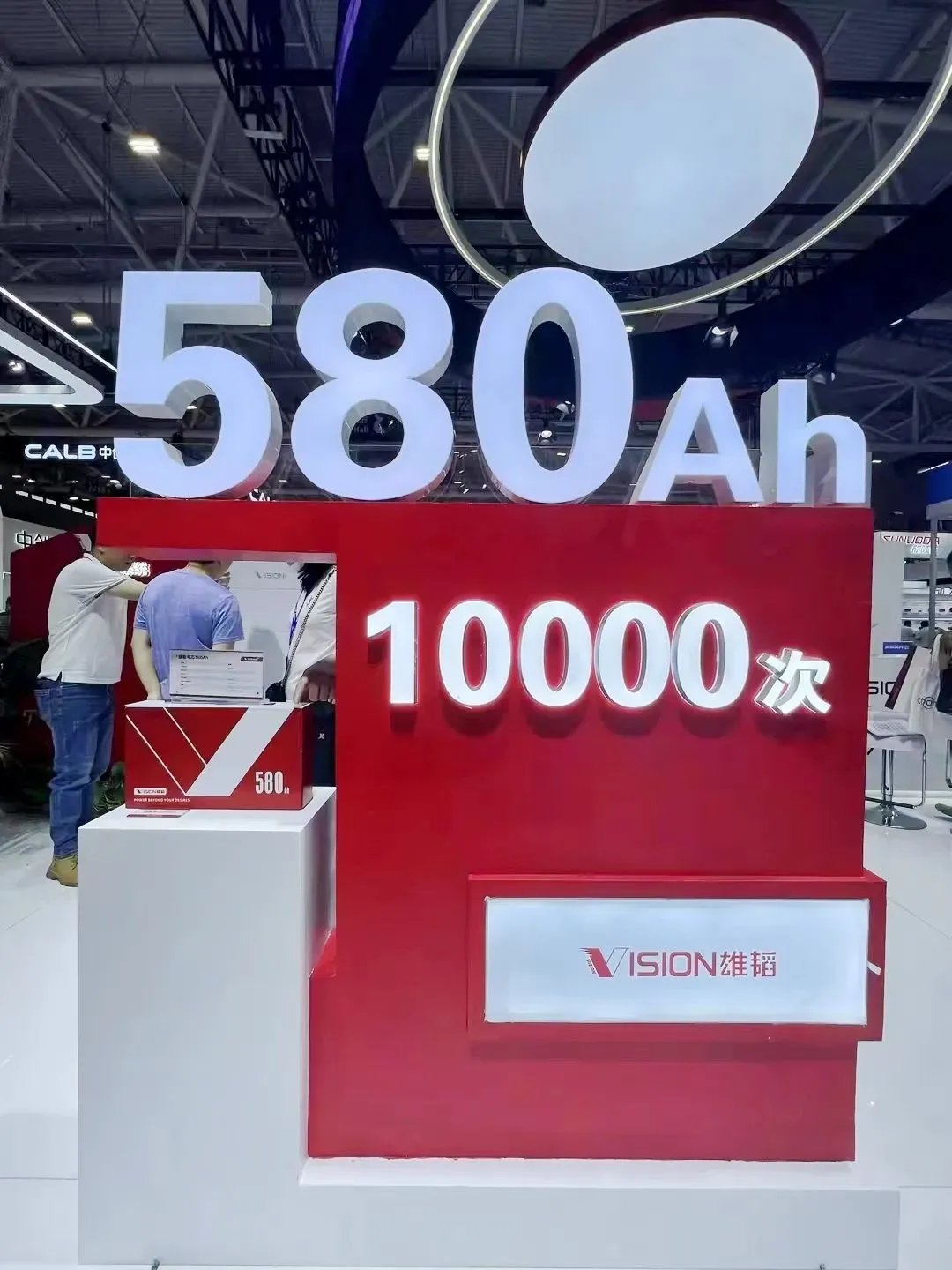
Currently, there is no universally accepted single-model standard for energy storage cells, and the industry has not yet formed complete standardization. It is believed that with continuous technological breakthroughs and improved designs, more energy storage cell solutions will emerge over time.
Enterprises should pursue R&D across diverse cell models, material systems, and cost schemes. With market validation over time, superior cell designs will become proven, catalyzing new breakthroughs in energy storage cells. This is a crucial premise for the healthy development of the energy storage industry.
CATL 306Ah/314Ah LiFePO4 Cell
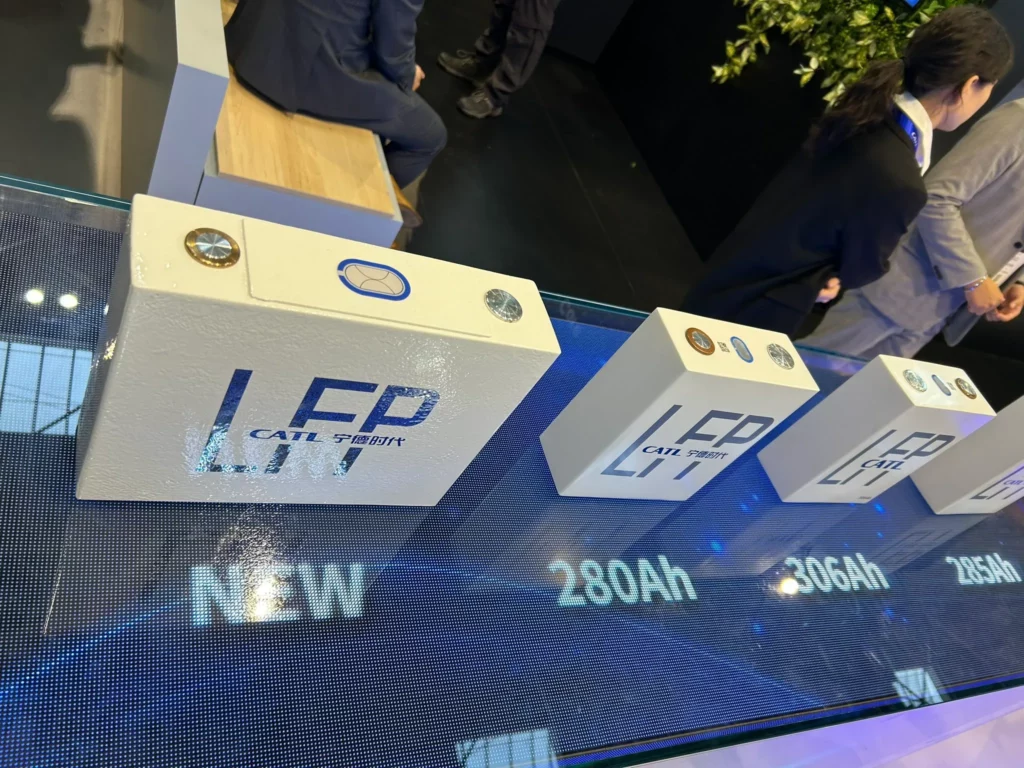
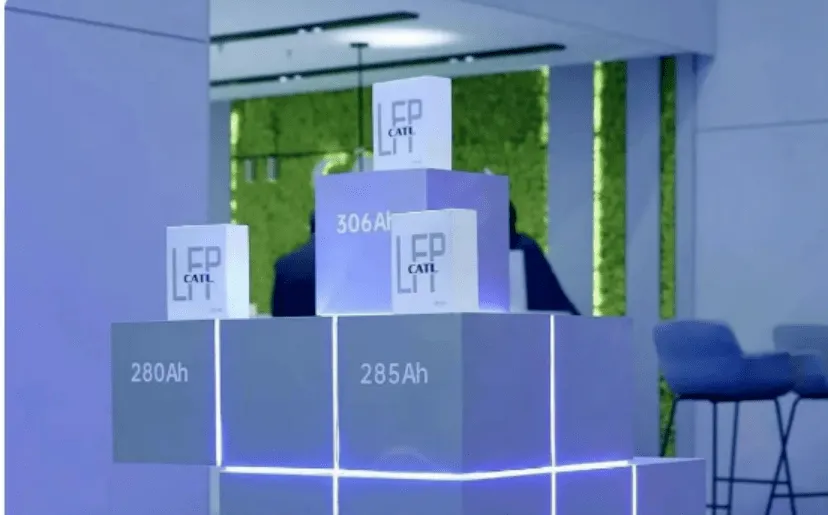
It is understood that CATL EnerD series products use its energy storage dedicated 314Ah core, and equipped with CTP liquid cooling 3.0 high-efficiency grouping technology, optimizing the grouping structure and conductive connection structure of the core, while adopting a more modular and standardized design in the process of design and manufacturing, to achieve the 20-foot single compartment of the power from 3.354MWh to 5.0MWh, compared with the previous generation of products. Compared to its predecessor, the new EnerD series of liquid-cooled prefabricated energy storage pods saves more than 20% of floor space, reduces the amount of construction work by 15%, and decreases commissioning, operation and maintenance costs by 10%, and also significantly improves energy density and performance.
CALB 305Ah/314Ah LiFePO4 Cells
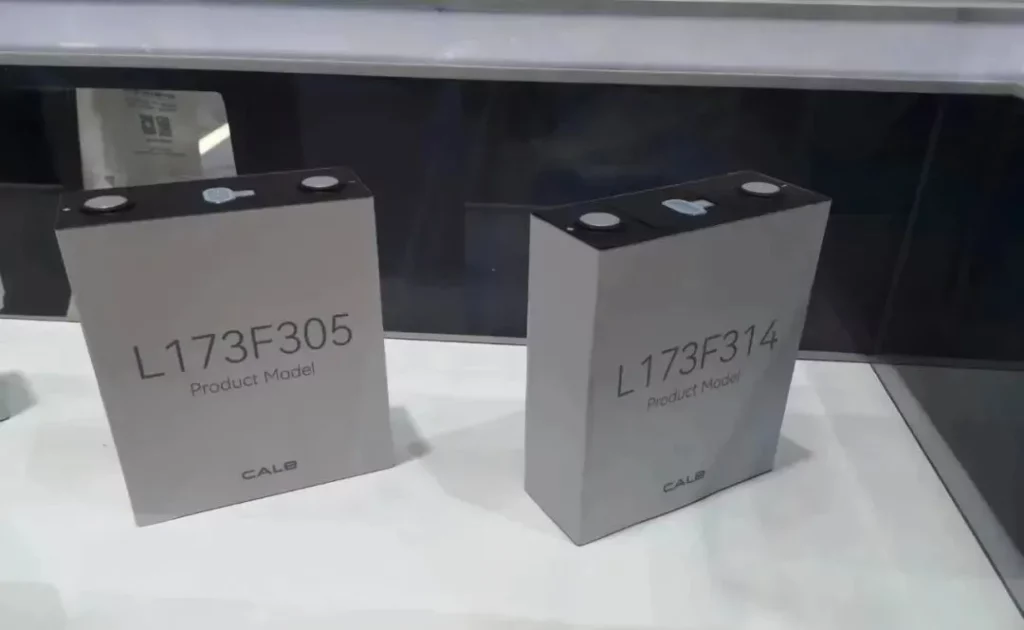
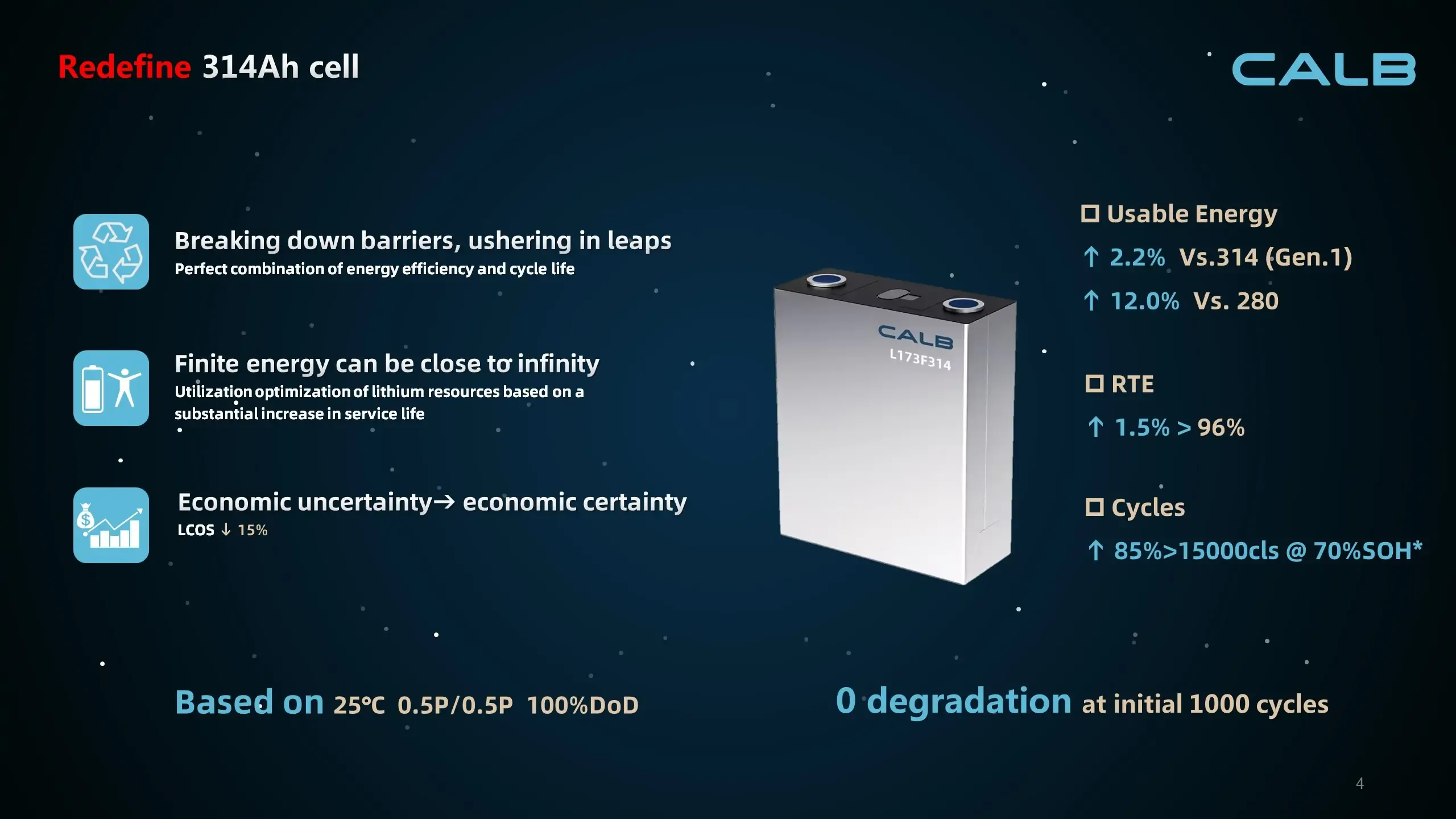
SVOLT 325Ah LiFePO4 Blade Cell
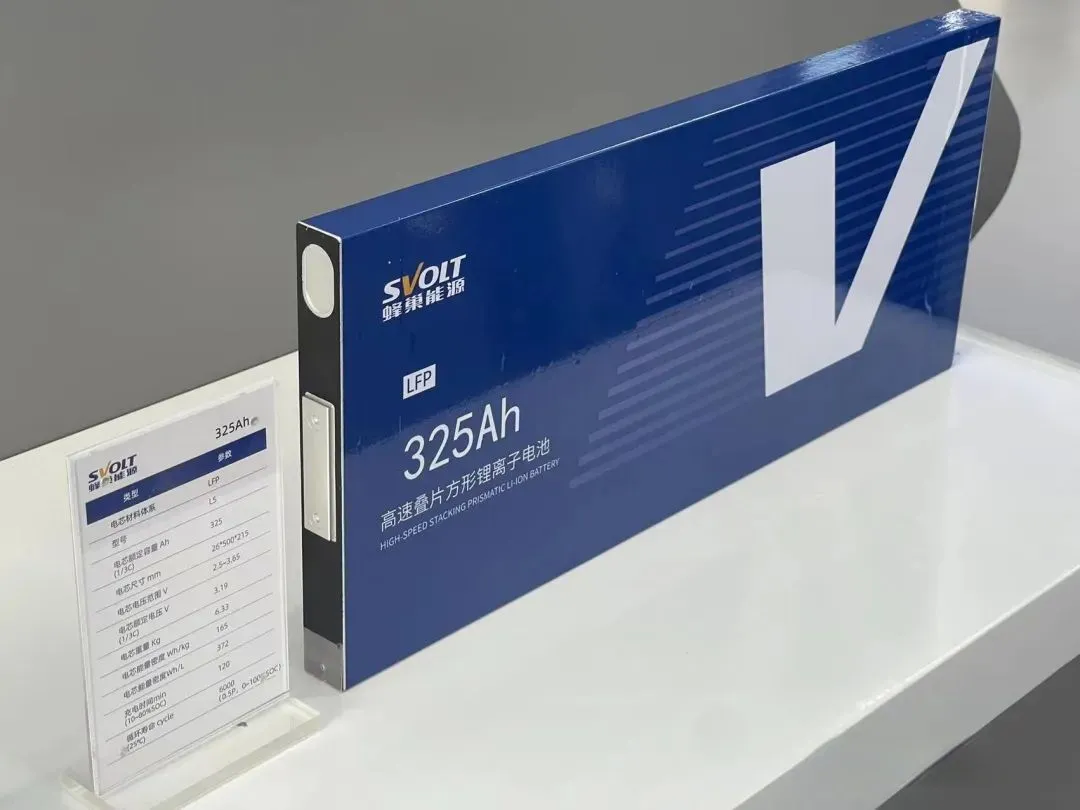
GOTION 300Ah/340Ah LiFePO4 Cell
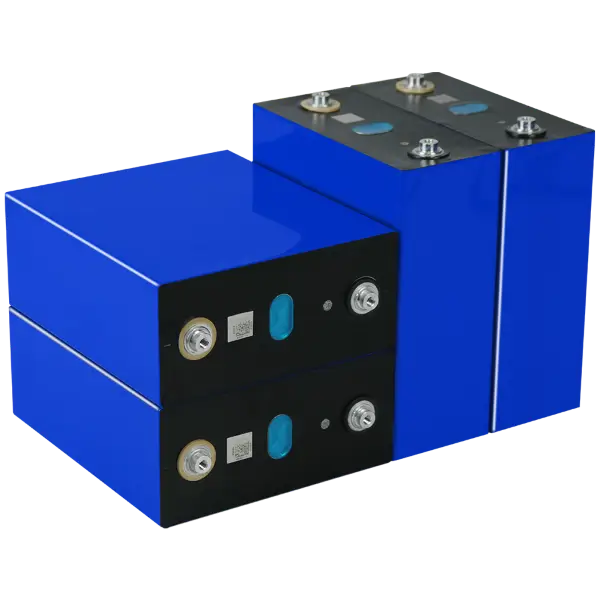
REPT 320Ah/340Ah LiFePO4 Cells
BATTERO TECH 314Ah LiFePO4 Cell
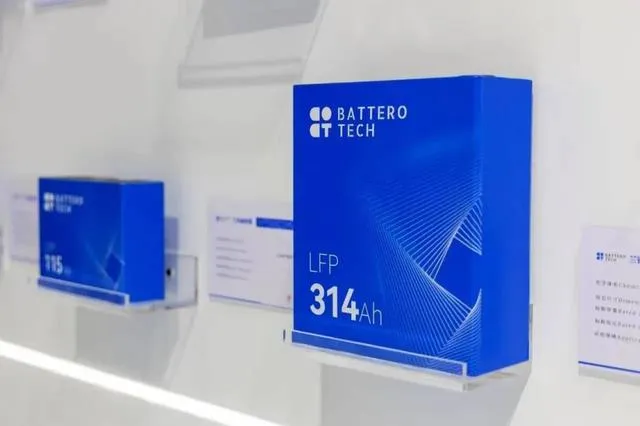
Great Power 320Ah LiFePO4 Cell
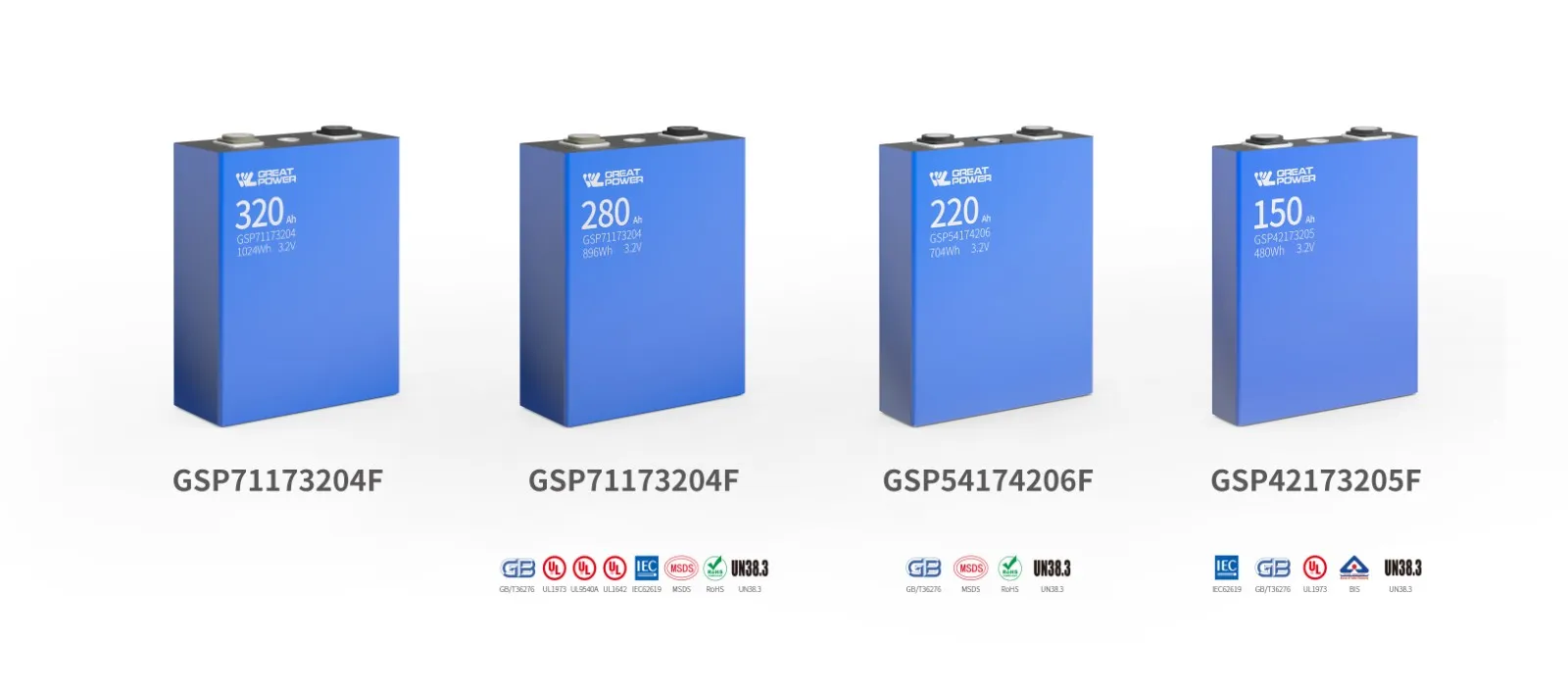
Higee 314Ah/375Ah LiFePO4 Cell
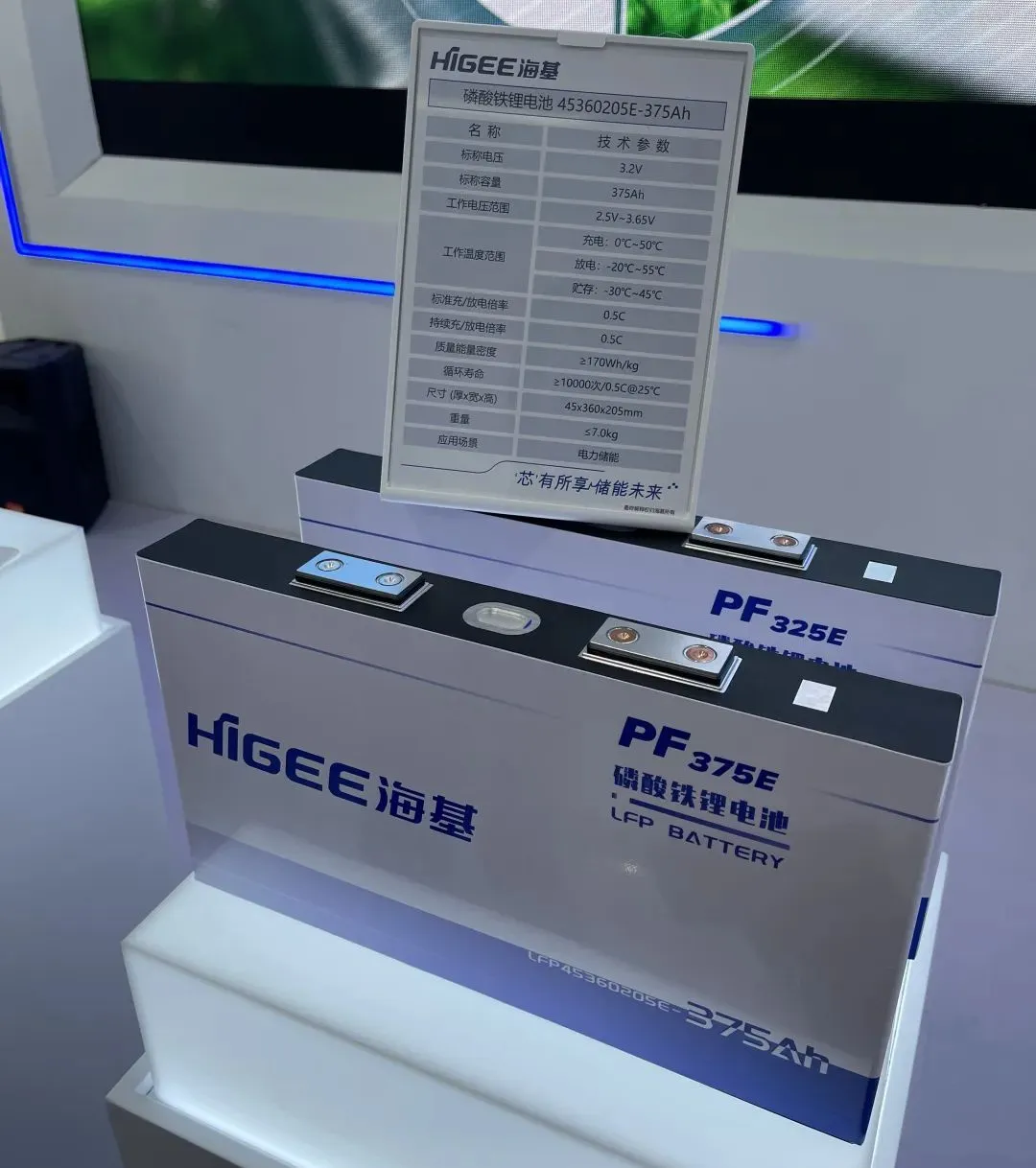
ETC 314Ah LiFePO4 Cell
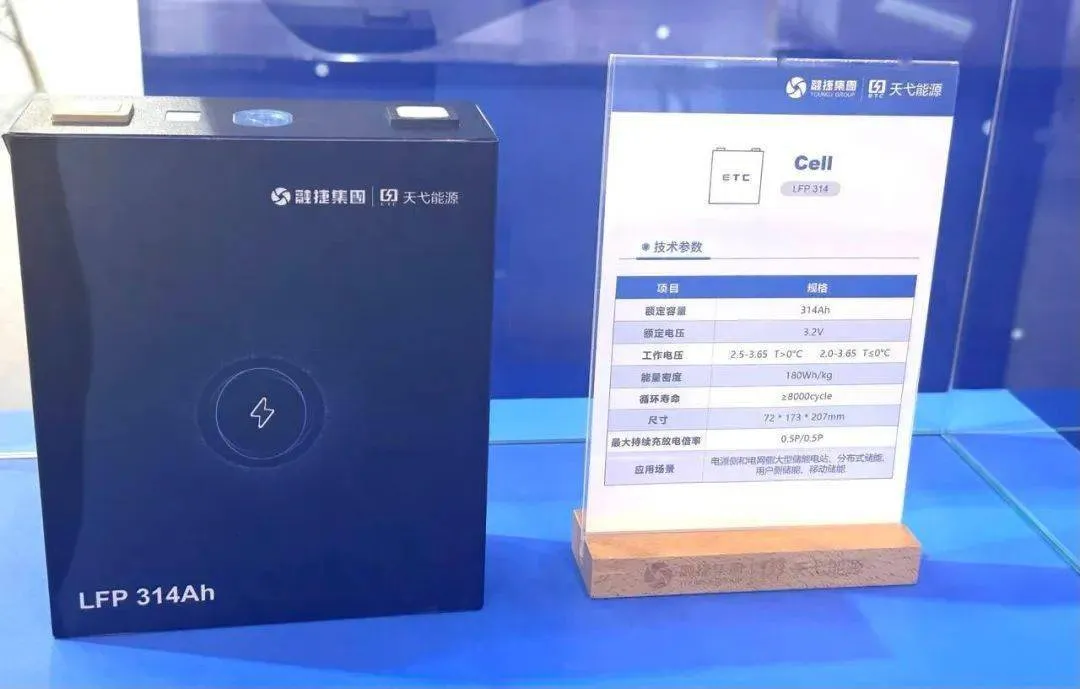
HTHIUM 300Ah/314Ah LiFePO4 Cells
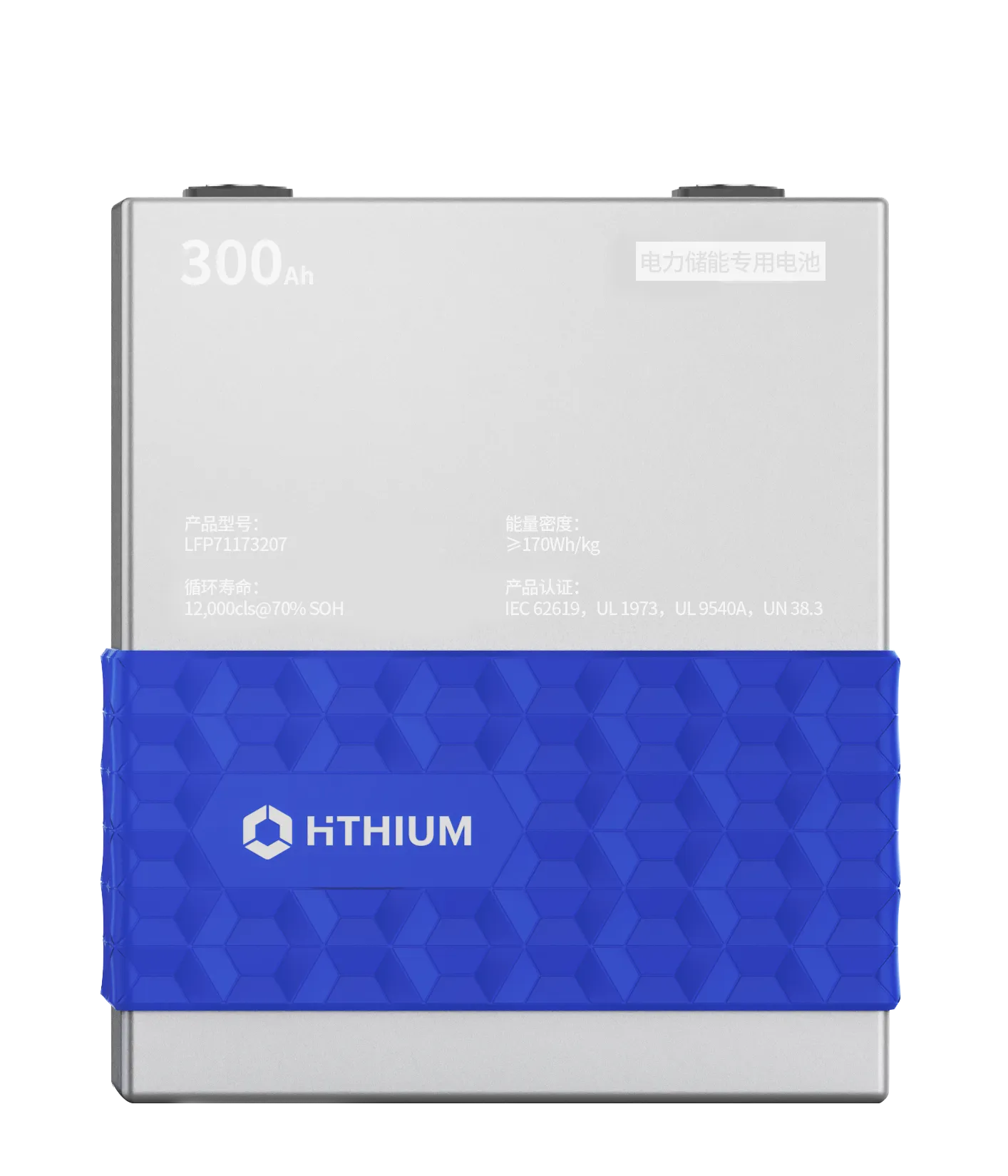
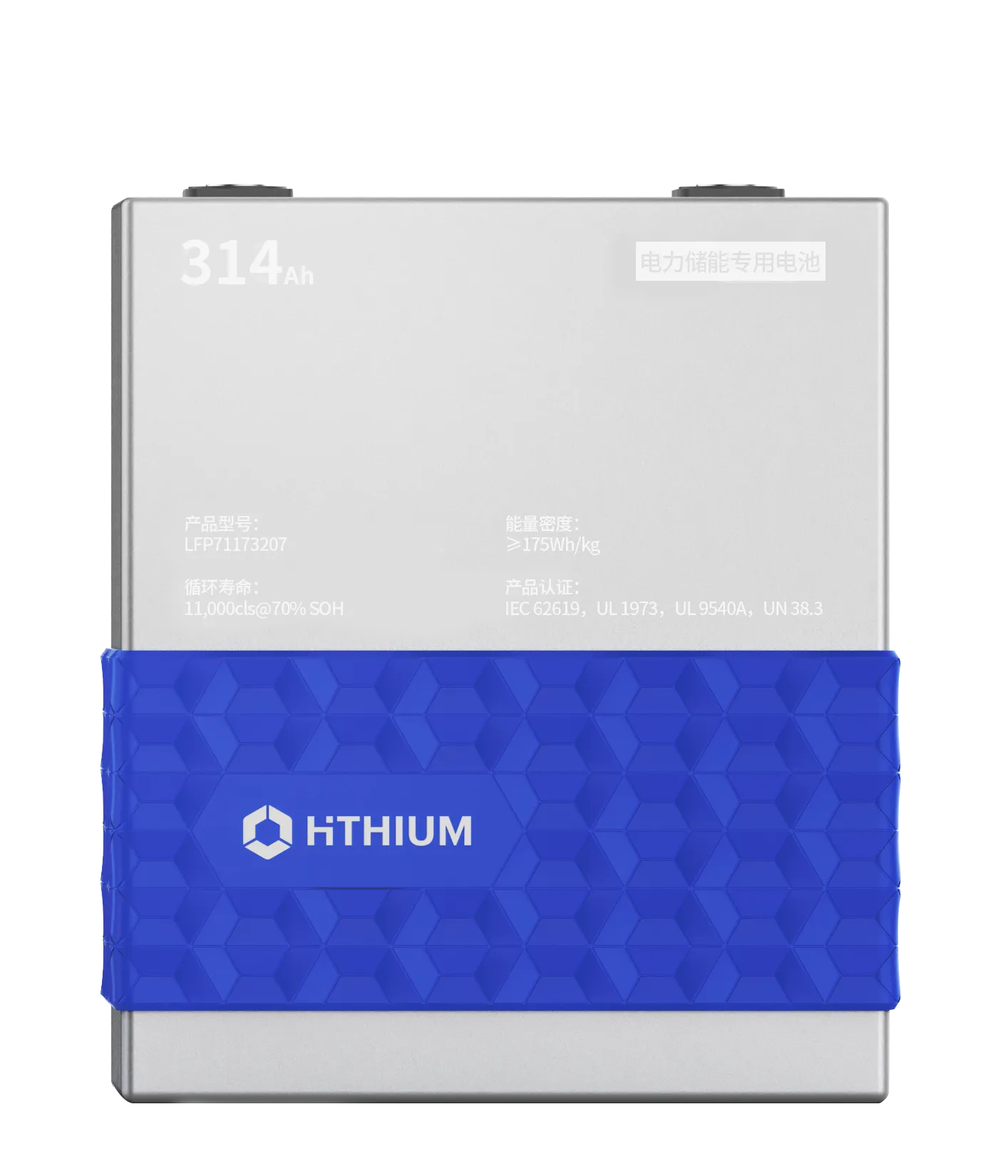
Cornex 306Ah/314Ah/320Ah LiFePO4 Cells
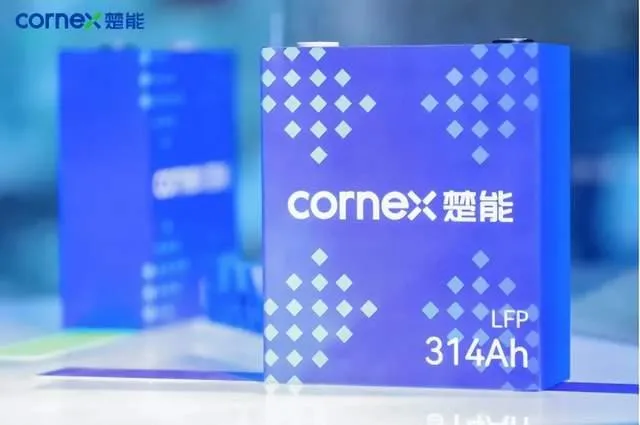
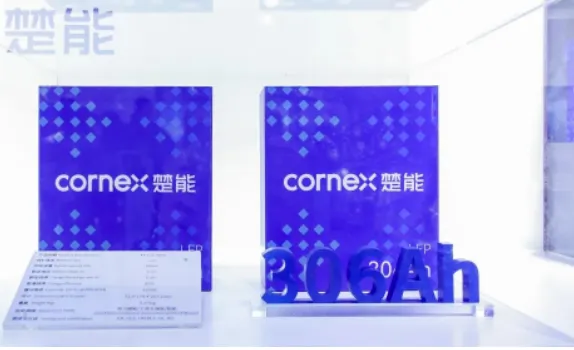
Narada 305Ah LiFePO4 Cell
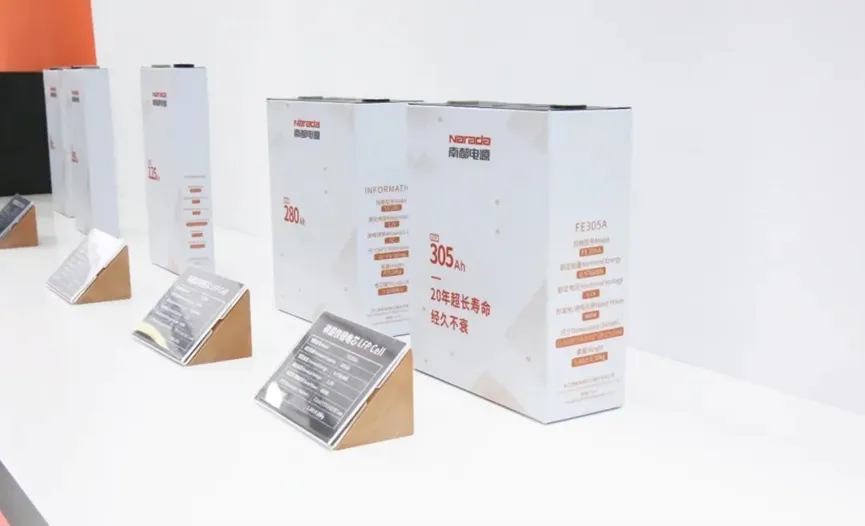
TrinaStorage 306Ah/314Ah LiFePo4 Cells
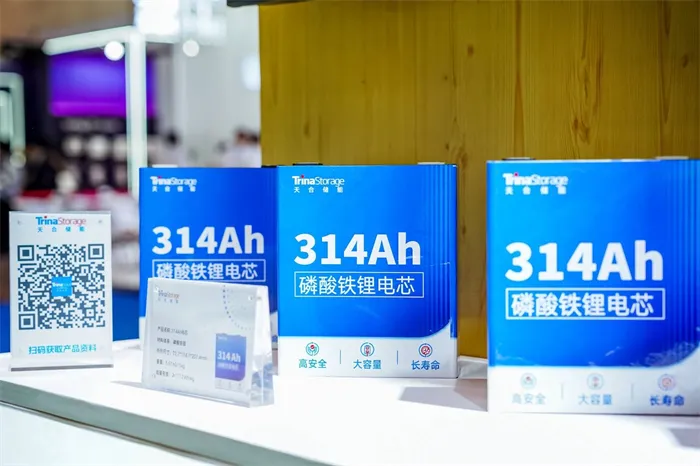
SUNWODA 314Ah LiFePO4 Cell
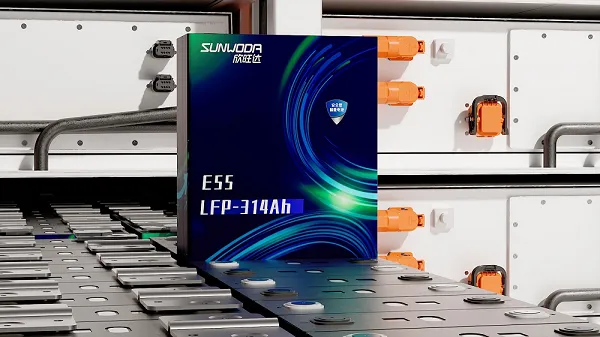
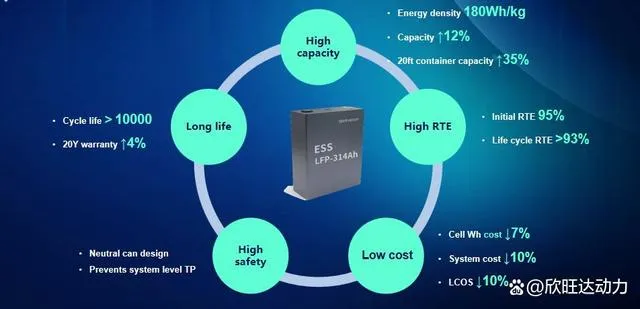
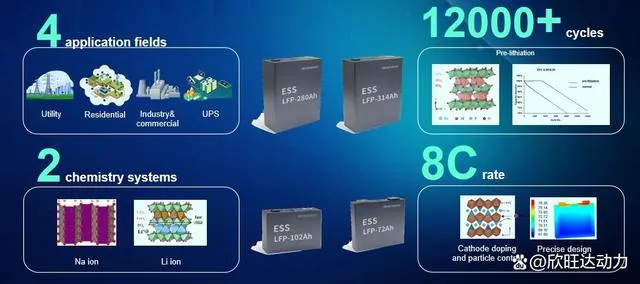
JEVE 305Ah/360Ah LiFePO4 Cells
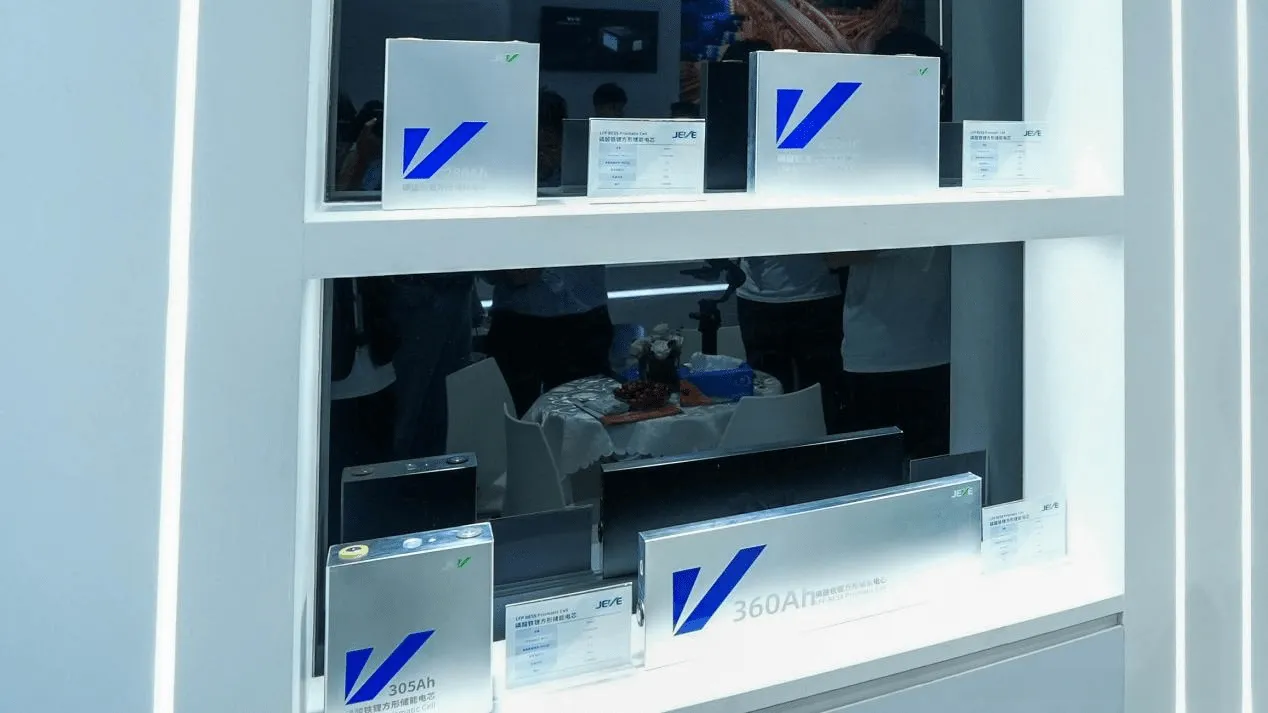
COSPOWERS 305Ah LiFePO4 Cell
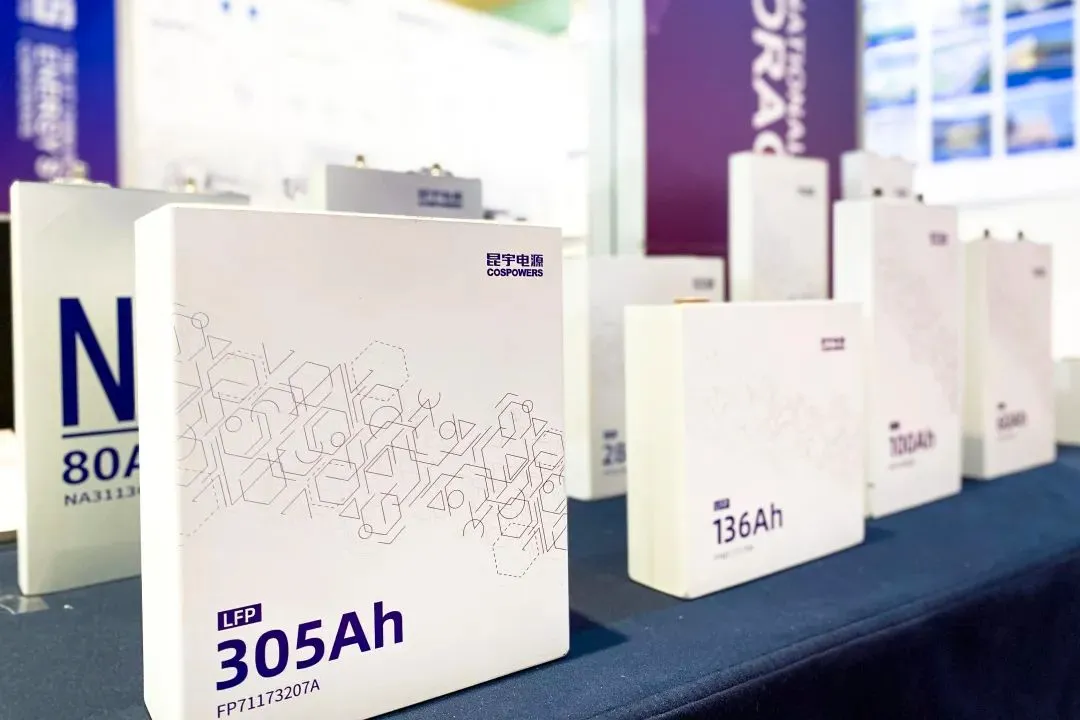
shoto 315Ah LiFePO4 Cell
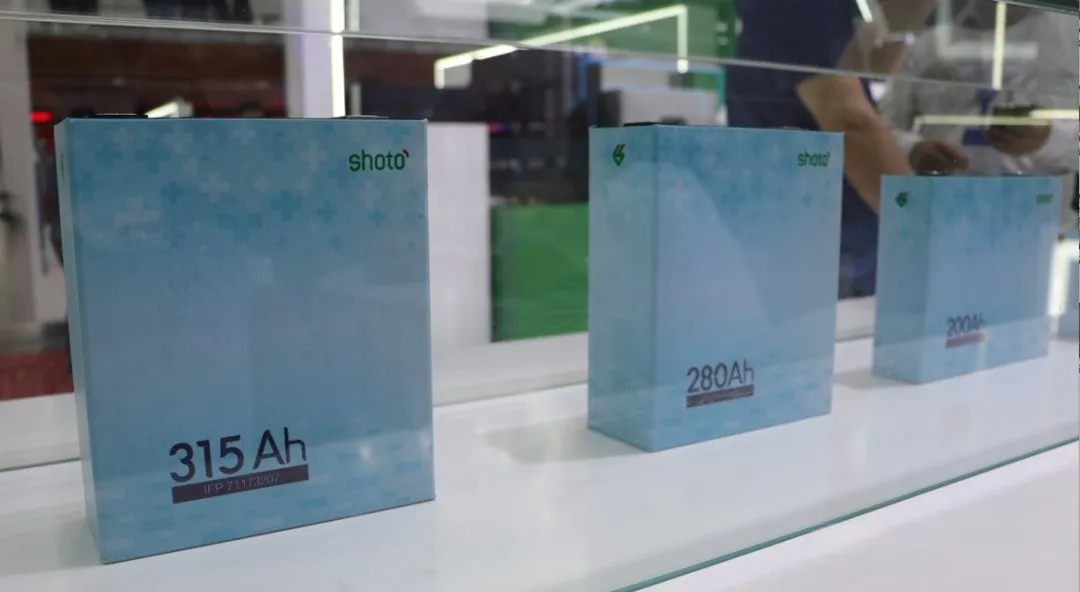
ZENERGY 314Ah LiFePO4 Cell
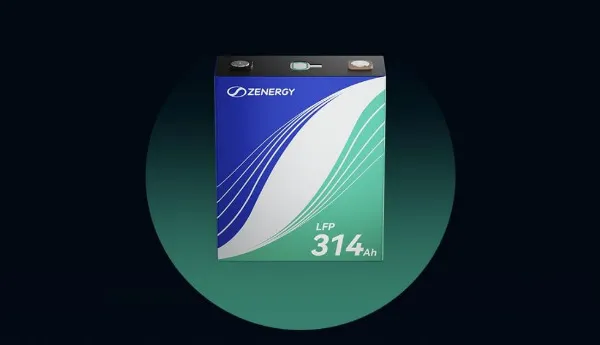
Seeking the "Triangle Balance Point"
At the 320Ah capacity level, internal cell temperatures can surpass 800°C, exceeding the decomposition temperature of lithium iron phosphate and posing challenges to cell safety, energy density, manufacturing processes, and more.
Cell R&D also faces the classic ‘impossible trinity’ of high energy density, long cycle life, and high safety. Energy density is a priority consideration in nearly all cell design. Pursuing higher energy density requires thinner membranes and high pressure and areal density electrode materials. On one hand, such extremities make liquid infiltration more difficult, undermining cycling performance. On the other hand, thinner membranes and higher energy density materials also mean poorer safety. There is no avoiding the trade-off between energy density and performance. Prioritizing energy density may jeopardize cycle life and safety. Whereas uncompromising cycle life and safety comes at the cost of lower energy density and weaker competitiveness. Most companies aim for a balanced sweet spot.
Cell manufacturers often tout cycle life figures of 6,000, 8,000 or even 12,000 based on specific controlled test conditions and model extrapolation. But actual cycle life is lower when cells are packaged into battery packs and deployed in energy storage systems.
The 280Ah cells released in 2020 were produced by less than three manufacturers in 2021. Becoming mainstream in energy storage power stations in 2022, failure rate issues can be expected to surge around 2025 after initial installations complete their lifespan. Time will tell.
Safety Depends on Multiple Factors
Larger cells are a double-edged sword – cost reduction and accelerated market growth come with technical challenges and safety concerns. At the system level, safety depends on factors including cell design, thermal propagation isolation, early warning systems, fire prevention systems, and more.
Looking narrowly at the cell perspective, rising manufacturing automation enables producers to strengthen quality control capabilities. Meanwhile, breakthroughs in automated inspection equipment and methodologies screen cell safety before leaving factories.
Advancements in materials such as more thermally/chemically stable membrane systems and additives will also continuously improve battery safety and stability. But from an electrochemical standpoint, absolute safety remains elusive for lithium-ion batteries given inherent risks requiring mitigation through system design, monitoring, emergency response, and other management strategies. Therefore, a systematic approach will define future safety design.

